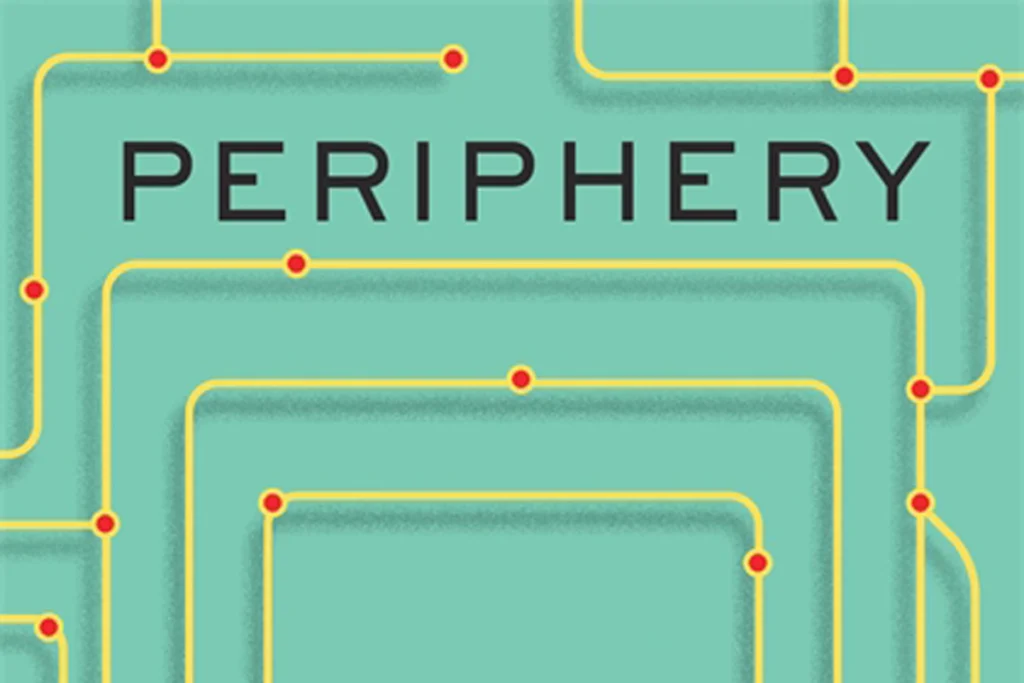A new lightweight device with a wisplike tether can record neural activity while mice jump, run and explore their environment. The open-source recording system, which its creators call ONIX, overcomes several of the limitations of previous systems and enables the rodents to move more freely during recording.
The behavior that ONIX allows brings to mind children running around in a playground, says Jakob Voigts, a researcher at the Howard Hughes Medical Institute’s Janelia Research Campus in Ashburn, Virginia, who helped build and test the system. He and his colleagues describe their work in a preprint posted on bioRxiv earlier this month.
To understand how the brain creates complex behaviors — such as those found in social interaction, sensory processing and cognition, which are commonly affected in autism — researchers observe brain signals as these behaviors unfold.
Head-mounted devices enable researchers to eavesdrop on the electrical chatter between brain cells in mice, rats and primates. But as the smallest of these animal models, mice present some significant challenges. Current neural recording systems are bulky and heavy, making the animals carry up to a fifth of their body weight on their skulls. Predictably, this slows the mice down and tires them out.
And most neural recording systems use a tether to relay signals from the mouse’s brain to a computer. But this tether twists and tangles as the mouse turns its head and body, exerting torque that the mouse can feel. Researchers must therefore periodically replace or untangle the tether. Longer tethers allow for more time to elapse between changeouts, but the interruptions still affect natural behavior. And battery-powered, wireless systems add too much weight.
Altogether, these challenges inhibit natural behaviors and limit the amount of time that recording can take place, preventing scientists from studying, for example, the complete process of learning a new task.
ONIX features a collection of engineering improvements to address these challenges. It includes a lower-profile design for the headstage, the head-mounted platform that holds the necessary electrical components for neural recordings.
The tether that relays data, supplies power and helps to control the headstage is extremely lightweight: A typical tether may be 1.8 millimeters in diameter, but this “micro-tether” is 0.4 millimeters. Finally, a device called a commuter responds to the mouse’s movements, actively untwisting the tether during recording.
To see how mice behave with ONIX, the researchers built a 3D arena of Styrofoam in hexagonal blocks, cut to different heights, akin to a miniaturized version of the basalt columns of the Giant’s Causeway in Northern Ireland. Five cameras recording from different angles around the arena captured the animals’ head positions, running speeds and locations.
Mice outfitted with the ONIX system and lightweight micro-tether explored faster than mice equipped with a standard system. The total area these mice explored and their head movements were indistinguishable from those of completely unencumbered mice.
During more than seven hours of recording, uninterrupted by tether changes, the mice jumped up to 15 centimeters from one Styrofoam column to another while researchers captured the animals’ neural activity. Mice with the heavier system and tether did not jump at all.
Different parts of the open-access ONIX system can be swapped out for similar components, enabling other researchers to adapt the system to specific experimental needs or even improve upon it as technology advances.


